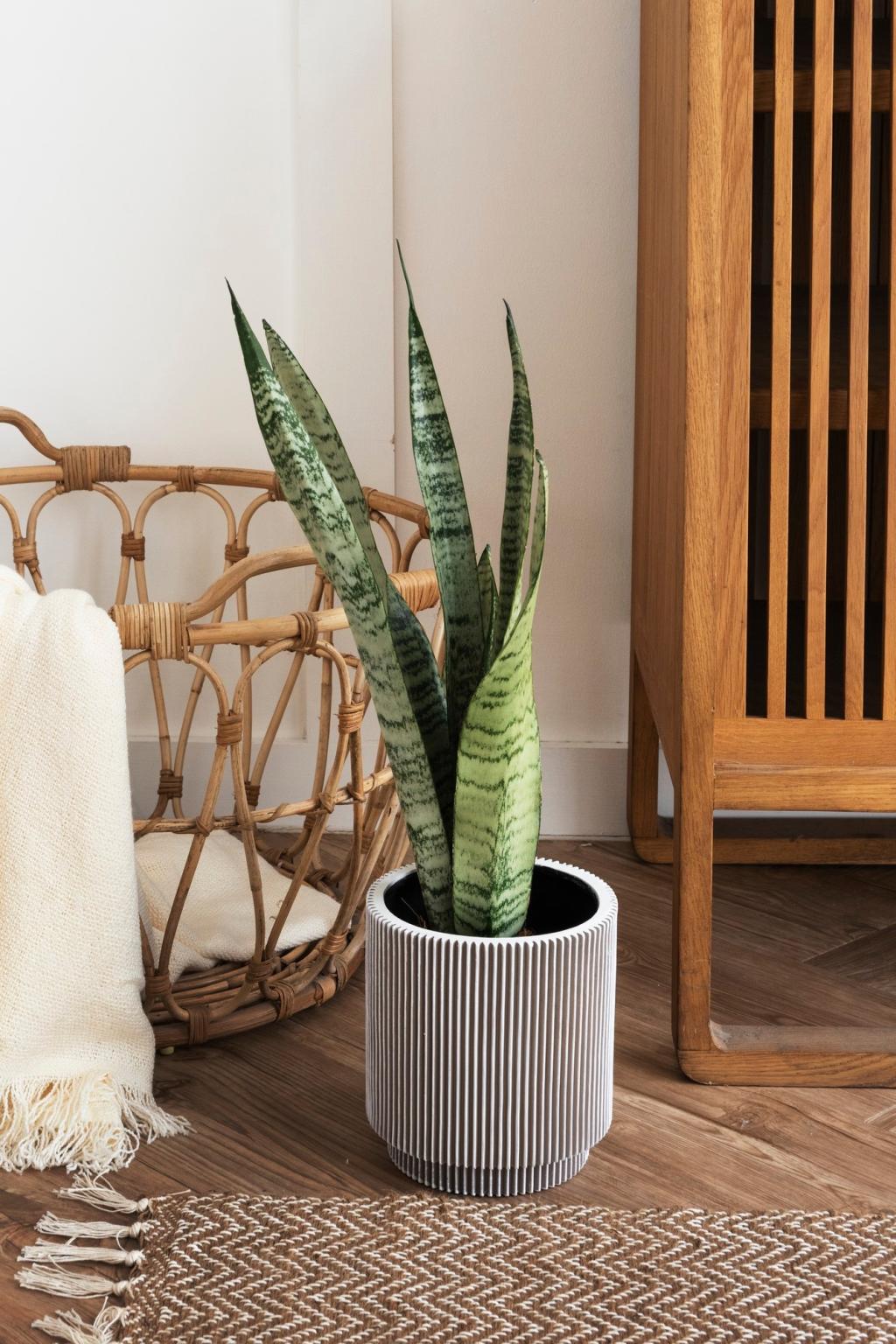Creating a sustainable home starts from the ground up, making eco-friendly flooring a vital consideration for any environmentally conscious homeowner. With advancements in materials and technology, there are now more choices than ever for flooring that’s both environmentally friendly and stylish. This guide explores the top sustainable flooring options, their benefits, and how they contribute to a healthier home and planet.
Understanding Sustainable Flooring
A flooring material is considered sustainable if it is sourced from renewable or rapidly replenishing resources, such as bamboo or cork. The production processes must minimize environmental harm, including low emissions and reduced waste. Additionally, sustainable flooring is often durable, meaning it does not require frequent replacement, further cutting down on resource consumption over time. Certifications, such as FSC or GreenGuard, can also indicate sustainability.
Eco-friendly flooring options not only reduce environmental impact but also offer healthier indoor environments. Traditional materials may emit volatile organic compounds (VOCs) that affect air quality, whereas many sustainable flooring choices are low-emission. Sustainable flooring also supports responsible forestry, lower carbon footprints, and ethical labor practices, aligning your renovation choices with values of stewardship and well-being.
The world of green flooring is constantly evolving, with new technologies and materials being introduced. From innovative recycled content to reclaimed woods, there are trends focusing on longevity, design versatility, and completely closed-loop manufacturing processes. Homeowners increasingly opt for materials that tell a story—like floors made from salvaged barn wood—blending sustainability with unique aesthetics.
Bamboo: Renewable and Resilient
Regenerative Growth and Fast Harvest Cycles
Unlike slow-growing hardwoods, bamboo reaches maturity in as little as three to five years. This quick harvest cycle allows for constant regeneration and less pressure on forests, offering a truly renewable resource. Ethical bamboo producers ensure harvesting does not contribute to deforestation and that the crops are grown without the use of harmful pesticides, preserving surrounding ecosystems.
Durability and Aesthetic Appeal
Bamboo flooring is not just environmentally friendly, but also incredibly durable and stylish. Strand-woven bamboo is particularly strong, suitable even for high-traffic areas. The flooring comes in various finishes—caramel tones, natural hues, and even stained options—so homeowners don’t have to compromise style for sustainability. Bamboo’s sleek grain patterns lend a modern touch to any interior design concept.
Considerations for Choosing Bamboo
While bamboo is eco-friendly, not all products are created equal. Potential buyers should look for flooring that is formaldehyde-free and certified for low VOC emissions to ensure a truly green choice. It’s essential to verify the origin and production standards of the flooring to avoid pitfalls like monoculture farming or poor labor conditions. Properly sourced bamboo is a long-lasting and responsible choice.
Cork: Comfort and Conservation
The Harvesting Process
Cork is harvested by carefully stripping the outer bark from the cork oak tree, which then regrows in cycles of nine years or less. This method keeps the trees healthy and thriving, allowing them to continue absorbing carbon dioxide and providing habitat for wildlife. The careful management of cork forests also supports biodiversity and protects against soil erosion and desertification.
Comfort Underfoot
Cork stands out for its springy, cushion-like quality, offering underfoot comfort that’s especially noticeable in kitchens or playrooms where people stand or walk for extended periods. Its natural cellular structure gives it the ability to compress and rebound, reducing strain on joints and providing gentle insulation against cold subfloors. Additionally, cork’s sound-absorbing properties help create a quieter household environment.
Health Benefits and Maintenance
Cork’s antimicrobial and hypoallergenic properties make it a wise option for those prone to allergies or asthma. The flooring resists mold, mildew, and pests, promoting healthy indoor air quality. Maintenance is minimal, involving regular sweeping and occasional damp mopping. With proper care and resealing, cork floors can last for decades, proving that sustainability goes hand-in-hand with durability.


Previous slide
Next slide
The environmental impact of natural stone largely depends on its quarrying and transportation. Sustainable options come from local or regional quarries committed to responsible extraction practices, minimizing landscape disruption, and supporting community economies. Choosing stone with a transparent supply chain ensures that the material has been sourced with integrity and respect for ecosystems.
Natural Stone: Earth’s Timeless Gift
Wool Carpet: Softness with Sustainability
01
Wool’s status as a renewable resource rests on the annual shearing of sheep, a process that causes no harm to the animals. Responsible wool producers ensure ethical treatment and land management practices to maintain healthy pastures. Wool carpets are biodegradable at the end of their useful life, returning nutrients to the earth instead of lingering in landfills.
02
A wool carpet provides unrivaled softness and warmth, making it a preferred choice for bedrooms and living rooms. Its natural fibers regulate humidity and trap airborne contaminants, improving indoor air quality. Because wool is inherently flame retardant, it avoids the chemical treatments often applied to synthetic carpets—providing peace of mind alongside plush comfort.
03
Wool carpets are naturally stain-resistant and resilient, retaining their appearance over time with routine cleaning. With proper care, a high-quality wool carpet can last decades, making it a wise investment for eco-conscious homeowners. When replacement is finally needed, wool’s biodegradability ensures it will have a minimal impact on the environment compared to most carpet options.
Concrete: Modern Minimalism Meets Sustainability
Utilization of Existing Materials
One of the greenest aspects of concrete flooring is its ability to use what’s already present—often, the existing subfloor slab—eliminating the need for additional flooring products. When new concrete is necessary, recycled aggregates and supplementary cementitious materials can reduce both extraction impacts and carbon footprint. This method transforms ordinary slabs into highly attractive, low-impact flooring.
Energy Efficiency and Indoor Comfort
Polished concrete’s thermal mass absorbs heat during the day and releases it at night, helping keep homes temperate and reducing reliance on HVAC systems. This heat regulation can result in significant energy savings over time. Additionally, radiant heating systems pair efficiently with concrete floors, offering coziness in colder climates while maintaining energy consciousness.
Versatile Aesthetics and Longevity
With an array of stains, dyes, and finish options, concrete floors can match almost any interior style—from minimalist chic to rustic industrial. When sealed and maintained properly, these surfaces are virtually immune to high traffic, stains, and moisture. Their exceptional durability means floors rarely need replacing, lowering lifetime environmental impacts and aligning form with sustainability.
